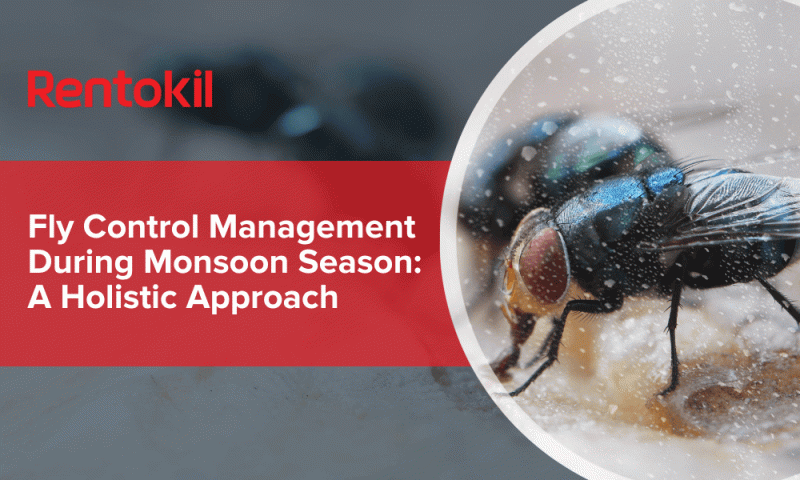Fly Control Management During Monsoon Season: A Holistic Approach
As Malaysia is currently undergoing a monsoon season, common house flies, scientifically known as Musca domestica (belonging to the Diptera order, which translates to 'two-winged' in Greek), can thrive despite their brief lifespans of around 28 days. The rapid reproduction of flies is especially notable during heavy rains and post-flood conditions in Malaysia. This creates a perfect environment with moist breeding grounds and warm temperatures that accelerate the development of fly eggs, and larvae.
Following a substantial downpour or post-flood, there is typically an excess of mud and various organic matter requiring cleanup. The humidity in Malaysia accelerates the decomposition of organic matter, serving as a plentiful food supply for fly larvae. Given their scavenging nature, flies undergo breeding, maturing from larvae to adulthood within a span of 6-8 days.
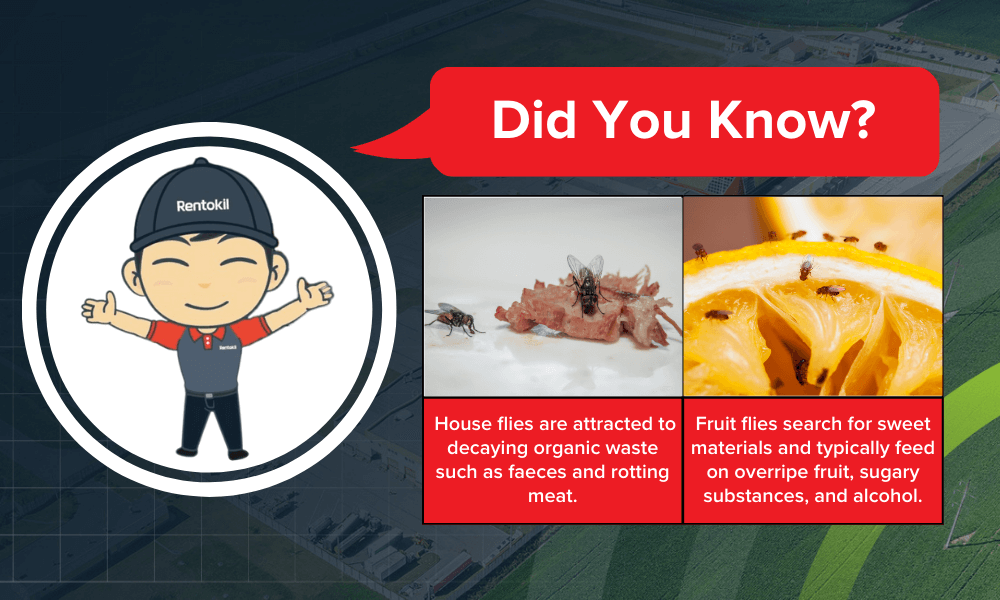
As a result, this increases unwanted issues and health concerns. Additionally, companies that sell or produce food such as F&Bs in the post-flood area will also be indirectly harmed, so they will need to find a practical approach to deal with the rapid spike in fly infestation.
1) Clean up surrounding areas that contain organic matter
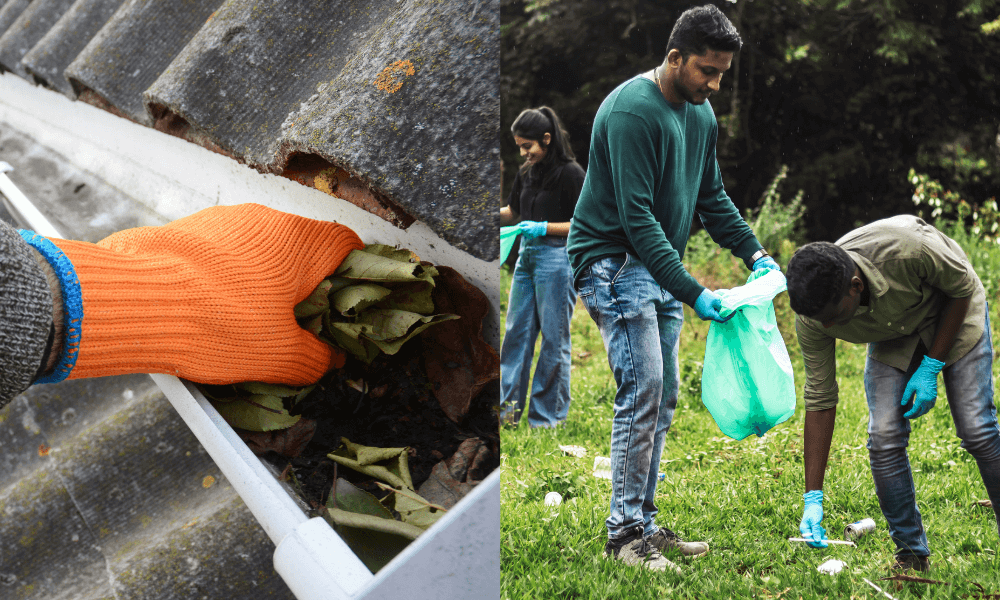
Clean and dispose of organic waste around premises by making sure to maintain clean surroundings, including outdoor spaces, to discourage fly reproduction and have proper waste management by sealing and disposing of organic waste properly to reduce potential breeding grounds.
2) Keep drains clean and free of accumulating organic matter
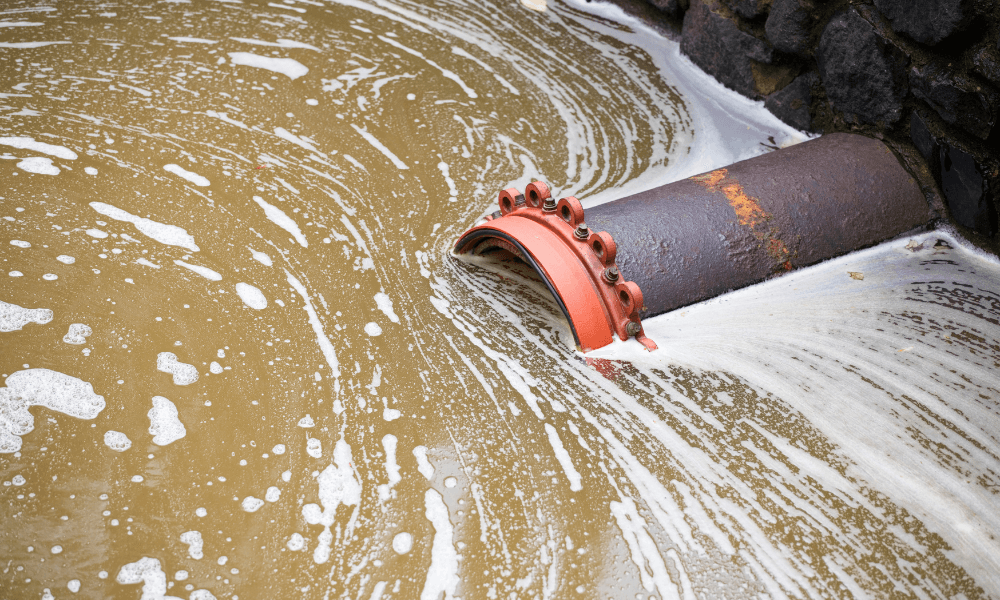
Ensure there is proper drainage flow to prevent water accumulation around buildings. Remove stagnant water from containers, gutters, and any areas prone to collecting water. This also prevents mosquitoes from breeding on stagnant water.
3) Have an LED Insect Light Trap
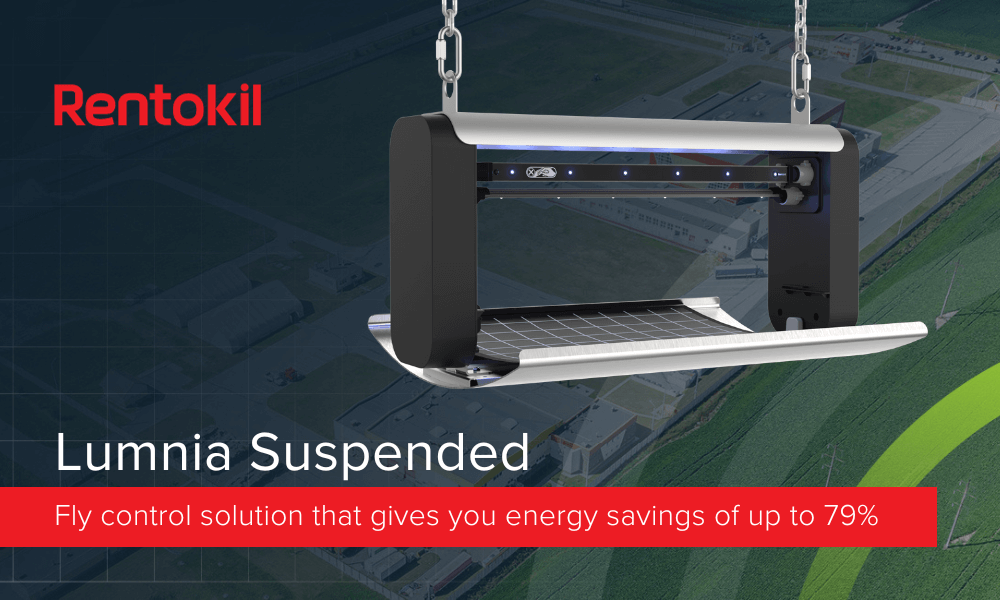
Install Insect Light Traps (ILT) suited in areas where flies are a persistent problem to control fly populations. Consider an LED insect light trap that is attractive to flies for maximum effectiveness and is energy efficient which contributes to a smaller environmental footprint such as Lumnia which helps to reduce carbon emissions by 62%. Moreover, Lumnia comes in different models depending on the type of business dependency and the LED lamps have a longer lifespan compared to fluorescent tubes, approximately four years, reducing the need for yearly replacements and saving you money.
4) Seek professional pest control
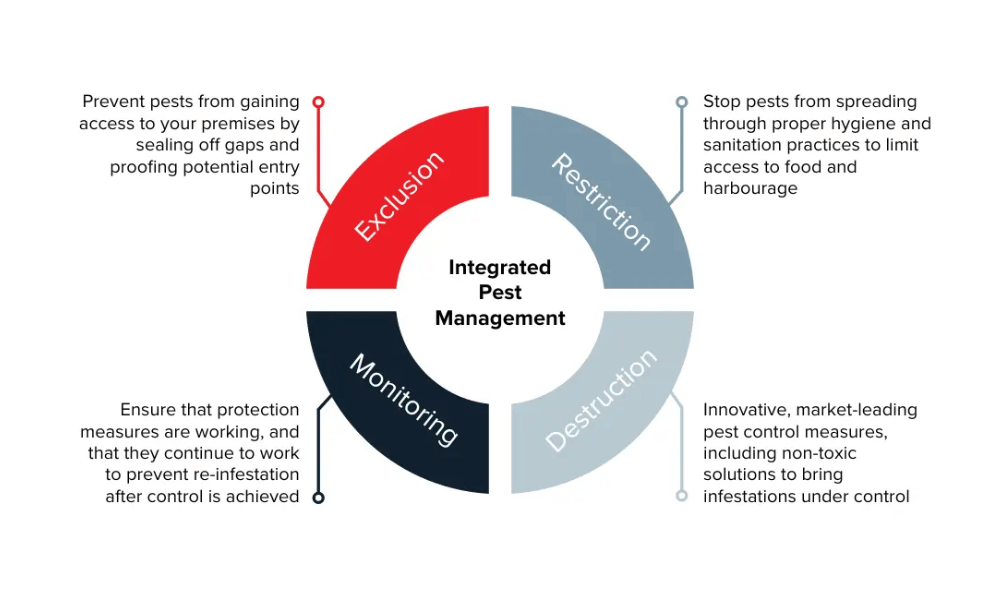
When dealing with flies or other flying insects, it is recommended that businesses to use an integrated approach from external to internal of the premises. This involves both exclusion and restriction strategies to enhance food safety standards that can eliminate or minimise the food and food waste that serves as attractants for flies.
As pest control experts, we strongly encourage the food industry to not only protect their premises and reputation but also their fellow employees, patrons and customers alike. If you would like to find out more about how Lumnia is lighting the way in fly control. Click here.
This article is provided by Rentokil Initial Malaysia
The views expressed here are those of the author/contributor and do not necessarily represent the views of Malaysiakini.
RM12.50 / month
- Unlimited access to award-winning journalism
- Comment and share your opinions on all our articles
- Gift interesting stories to your friends
- Tax deductable
